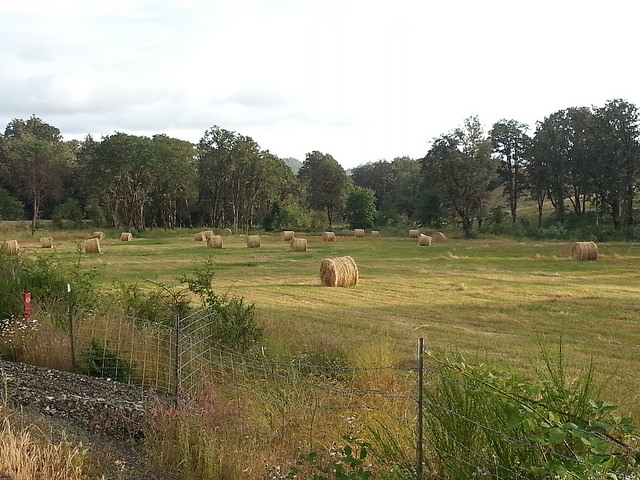Invasive Species Hidden In Your Home: Dangerous Decor
/Earlier this week, Sam Leininger, a Clackamas SWCD WeedWise program manager, was notified that Pier 1 Imports may be selling decorative roosters made from an invasive weed known as European common reed (Phragmites australis) in local stores. Since common reed in an Oregon class B noxious weed, this was immediately considered a priority for prevention and eradication.
Sure enough, Sam discovered that it was being sold at one of their stores in Clackamas County. When Sam went to talk to the store manager at this location, she notified him that she had already received an email from the Pier 1 Imports corporate office and had been instructed to remove them from the floor.
"Sam was very pleased to see the response of our local Pier 1 Imports. Their store manager and staff was very courteous, professional, and understanding of the issue. Sam was also gratified to see the quick response from the Pier 1 corporate offices in response to the alerts that had gone out less than 24 hours prior."
To read the full article, click here. To read more about common reed and its classification as an Oregon class B noxious weed, click here.
The last European common reed rooster in Clackamas County-- now slated for disposal.









